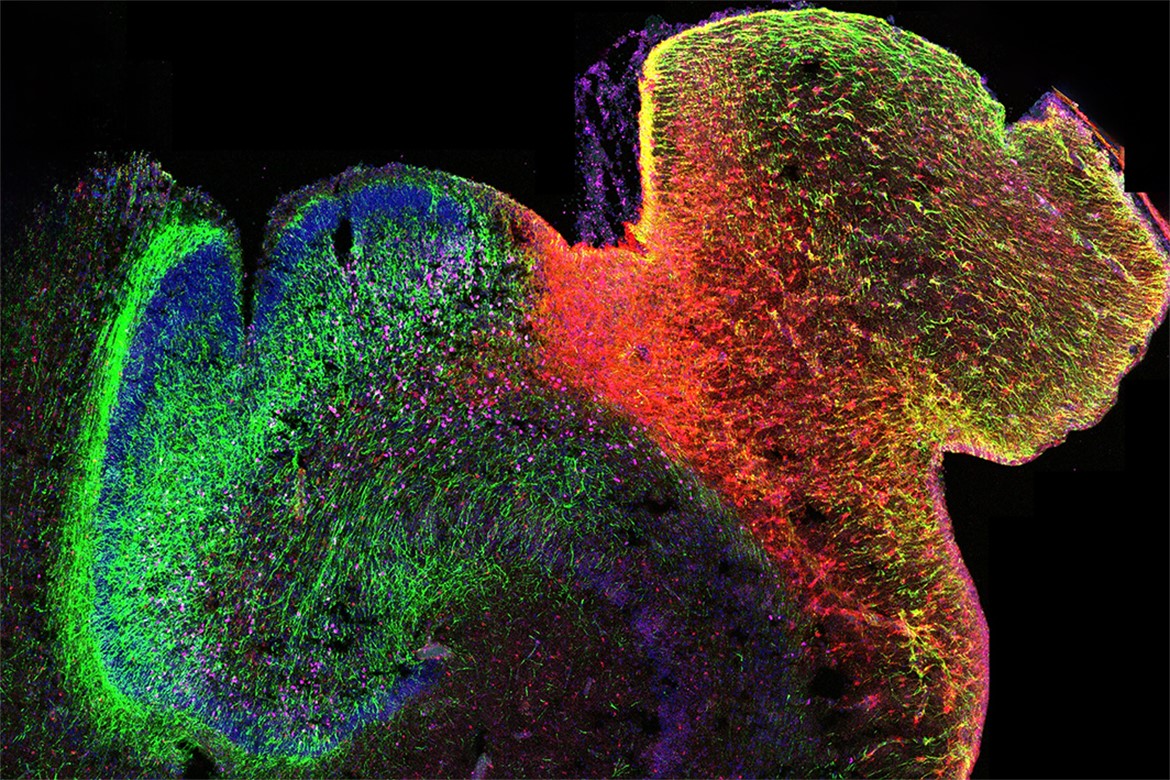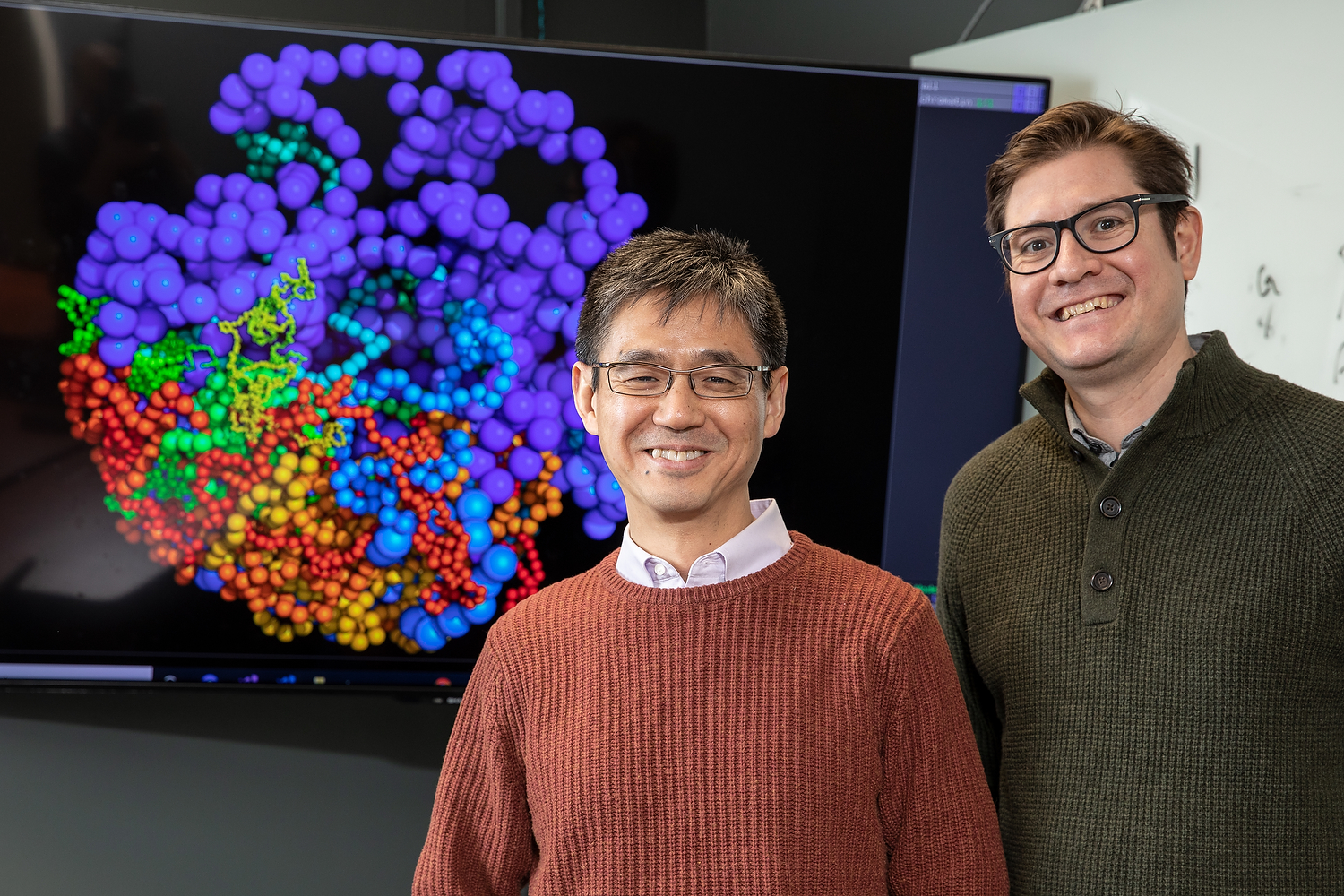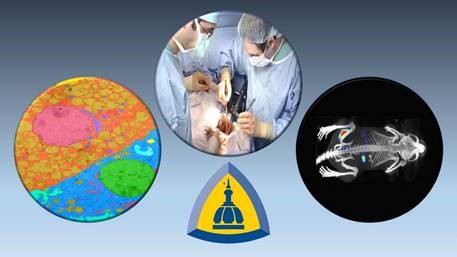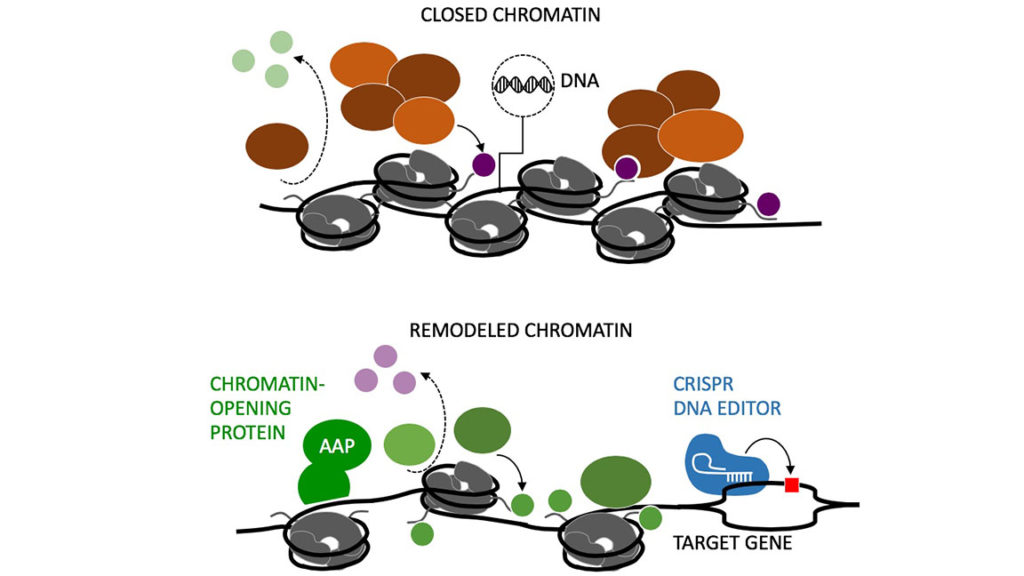A UCLA-led study has created a map of DNA modification in two regions of the brain critical to learning, memory and emotional regulation. The map offers a benchmark for ensuring stem cell-based models accurately replicate human brain development.

news, journals and articles from all over the world.

A UCLA-led study has created a map of DNA modification in two regions of the brain critical to learning, memory and emotional regulation. The map offers a benchmark for ensuring stem cell-based models accurately replicate human brain development.
Engineers at the University of California San Diego have discovered that some brain cells age more rapidly than others, and they are disproportionately abundant in individuals afflicted with Alzheimer’s disease. Additionally, researchers observed sex-specific differences in the aging process of certain brain cells, with the female cortex exhibiting a higher ratio of “old” oligodendrocytes to “old” neurons compared to the male cortex.

Sharon Dent, Ph.D., professor of Epigenetics and Molecular Carcinogenesis at The University of Texas MD Anderson Cancer Center, has been elected to the National Academy of Sciences (NAS). Dent is a global leader in the field of chromatin research whose foundational work has helped define the role of chromatin in cancer growth and development.
Read about how Scientists at St. Jude determined how the SWI/SNF chromatin remodeling complex helps cancer cells remember how to be cancerous after division.

Indiana University researchers have discovered that the motion of chromatin, the material that DNA is made of, can help facilitate effective repair of DNA damage in the human nucleus — a finding that could lead to improved cancer diagnosis and treatment.
With super-resolution imaging, Penn Medicine researchers discovered that cells change the physical structure of their genome when they’re affected by disease
Using optical tweezer technology, Technion researchers were able to gain a greater understanding of the poorly understood DNA packaging process, which impacts how genes are expressed.

A new computational technique that uses heat map data to reverse engineer highly detailed models of chromosomes. Through this work, researchers have uncovered new information about the close spatial relationships that chromatin folding creates between genes that can be highly distant from one another along DNA strands.
A genomic mapping technique developed in part at Florida State University has played a crucial role in a new study aimed at understanding growth in corn, a major U.S. crop.

Scientists discovered that histones act as an enzyme that converts copper into a form that can be used by the cells. The finding refutes earlier theories that copper spontaneously converts in the body into a usable state.

During the COVID-19 pandemic, Johns Hopkins Medicine Media Relations is focused on disseminating current, accurate and useful information to the public via the media. As part of that effort, we are distributing our “COVID-19 Tip Sheet: Story Ideas from Johns Hopkins” every Tuesday throughout the duration of the outbreak.
A group of University of Chicago scientists has uncovered a previously unknown way that our genes are made into reality. Rather than directions going one-way from DNA to RNA to proteins, the latest study shows that RNA itself modulates how DNA is transcribed—using a chemical process that is increasingly apparent to be vital to biology. The discovery has significant implications for our understanding of human disease and drug design.

Protein editorial assistants are clearing the way for cut-and-paste DNA editors, like CRISPR, to access previously inaccessible genes of interest. Opening up these areas of the genetic code is critical to improving CRISPR efficiency and moving toward futuristic, genetic-based assaults on disease. The DNA-binding editorial assistants were devised by a U.S.-based team of bioengineers, who describe their design in APL Bioengineering.
Researchers have discovered key mechanisms and structural details of a fundamental biological process—how a cell nucleus and its chromosomal material reorganizes itself after cell division. The new findings in chromosomal architecture and function may offer important insights into human health and disease.